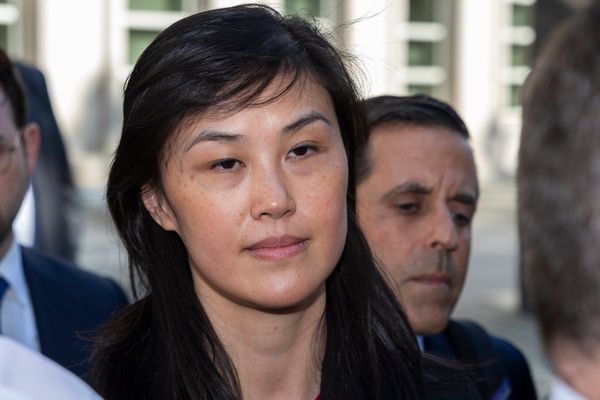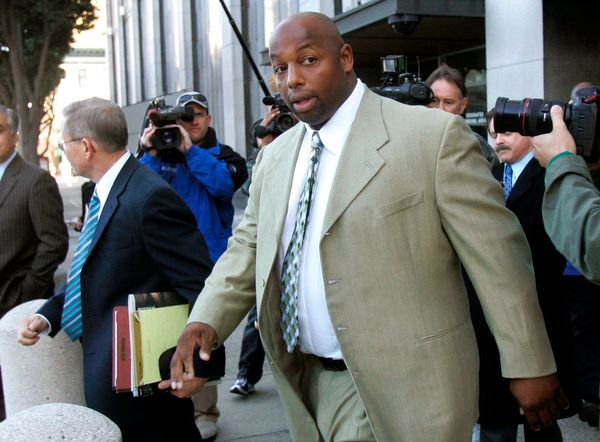
What is it about the poem “Who killed Cock Robin?” It is so sad, and so coolly dark: a miniature drama played out in the shade of a single tree. The sparrow confesses right away, and nobody minds. The fly – “I, said the fly, with my little eye, I saw him die” – is a witness of whom no questions are asked. Everyone seems eager for the burial, eager to help, insincere in their mourning, “a-sighing and sobbing”.
Everything is small. The fish catching blood in his “little dish”, the rook playing parson with his “little book”. The death of a little bird, and a funeral for a bird the size, and almost the shape, of an orange, and weighing no more than an orange segment.
Long ago the feathers on the robin’s chest were called “red” because there was no word for the colour “orange”. In old English for 1,000 years there was only the word “geoluhread” or yellow-red, according to David Scott Kastan and Stephen Farthing, two academics who wrote a book on the history of colours. The word orange became a colour name when the fruit was introduced to Europe in the 16th century. For Chaucer a fox’s colour was “betwixe yelow and reed.” For Shakespeare a beard was “orange-tawny”.
To Mark Ford, the robin’s eye was “gimlet”: “why / did he not spy / with his gimlet eye, the impending / peril”. The robin can detect the Earth’s magnetic field. Inside her small dark eye, a quantum entanglement (according to one study): electrons not touching, but affecting each other.
Wired explains it like this:
One of the electrons migrates a few nanometers away, where it feels a slightly different magnetic field than its partner. Depending on how the magnetic field alters the electron’s spin, different chemical reactions are produced. In theory, the products of many such reactions across a bird’s eye could create a picture of Earth’s magnetic field as a varying pattern of light and dark.
Robins use the pictures in their eyes to migrate between Africa and Europe. They use their sight to follow you around the garden in winter, hoping to catch a worm dug up from the hard ground. You are tired; you hang your jacket up and go inside for breakfast. When you come back out at lunchtime, reach into your pocket: three very small eggs.
Robins will put their trust in any little hollow: a flowerpot, the handlebars on a bicycle, an unmade bed. This will hold my young, they think, this will keep them safe.
The term “babes in the wood” comes from a folktale that ends with two children dying “in each other’s arms”. Robins cover their bodies with leaves. There is a quantum entanglement in a robin’s eye: the Earth’s light and dark, safety and shelter and children.
Emily Dickinson saw robins this way:
The robin is the one
That speechless from her nest
Submits that home and certainty
And sanctity are best.
• Helen Sullivan is a Guardian journalist. Her first book, a memoir called Freak of Nature, will be published in 2024
• Do you have an animal, insect or other subject you feel is worthy of appearing in this very serious column? Email helen.sullivan@theguardian.com







